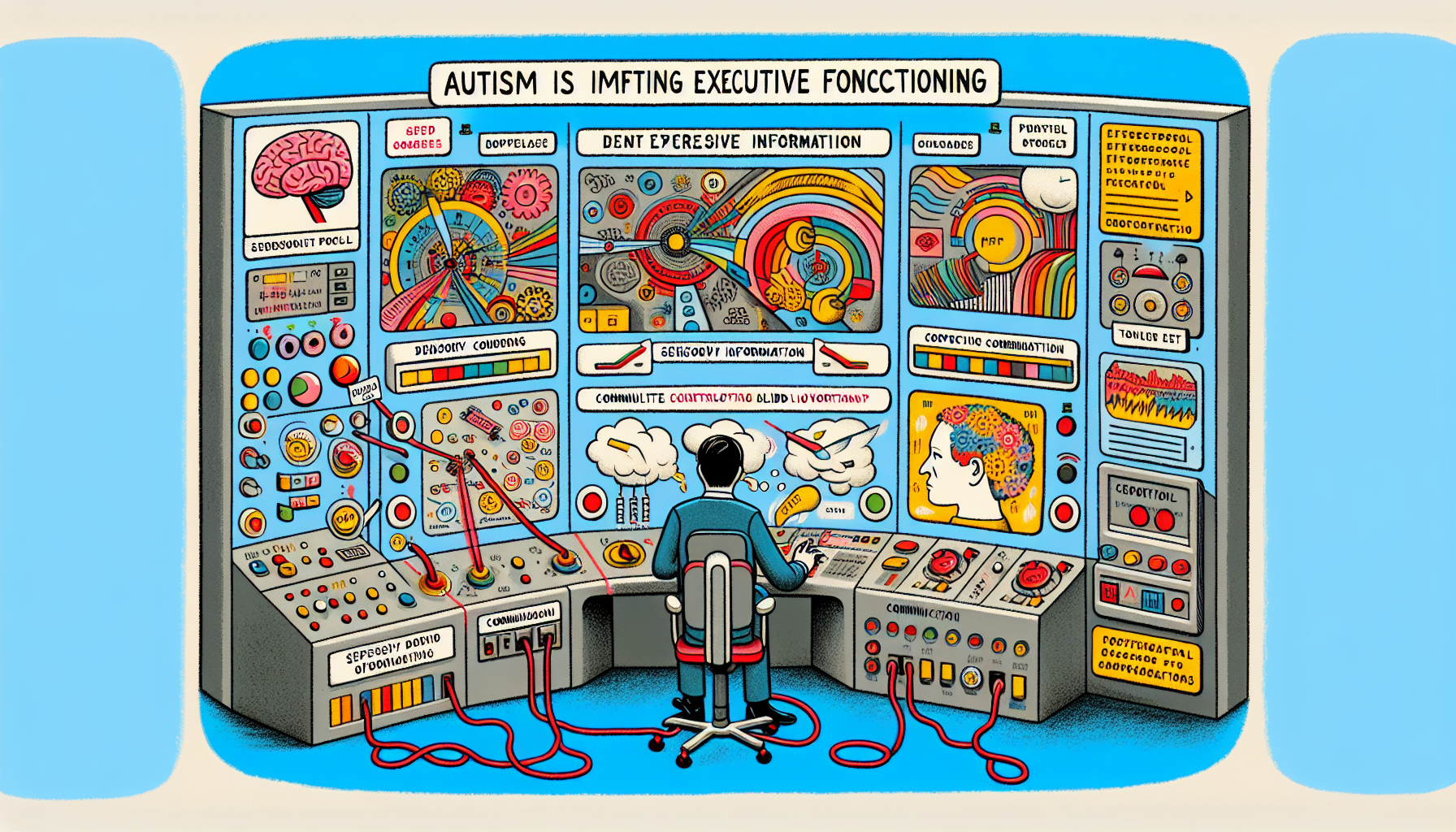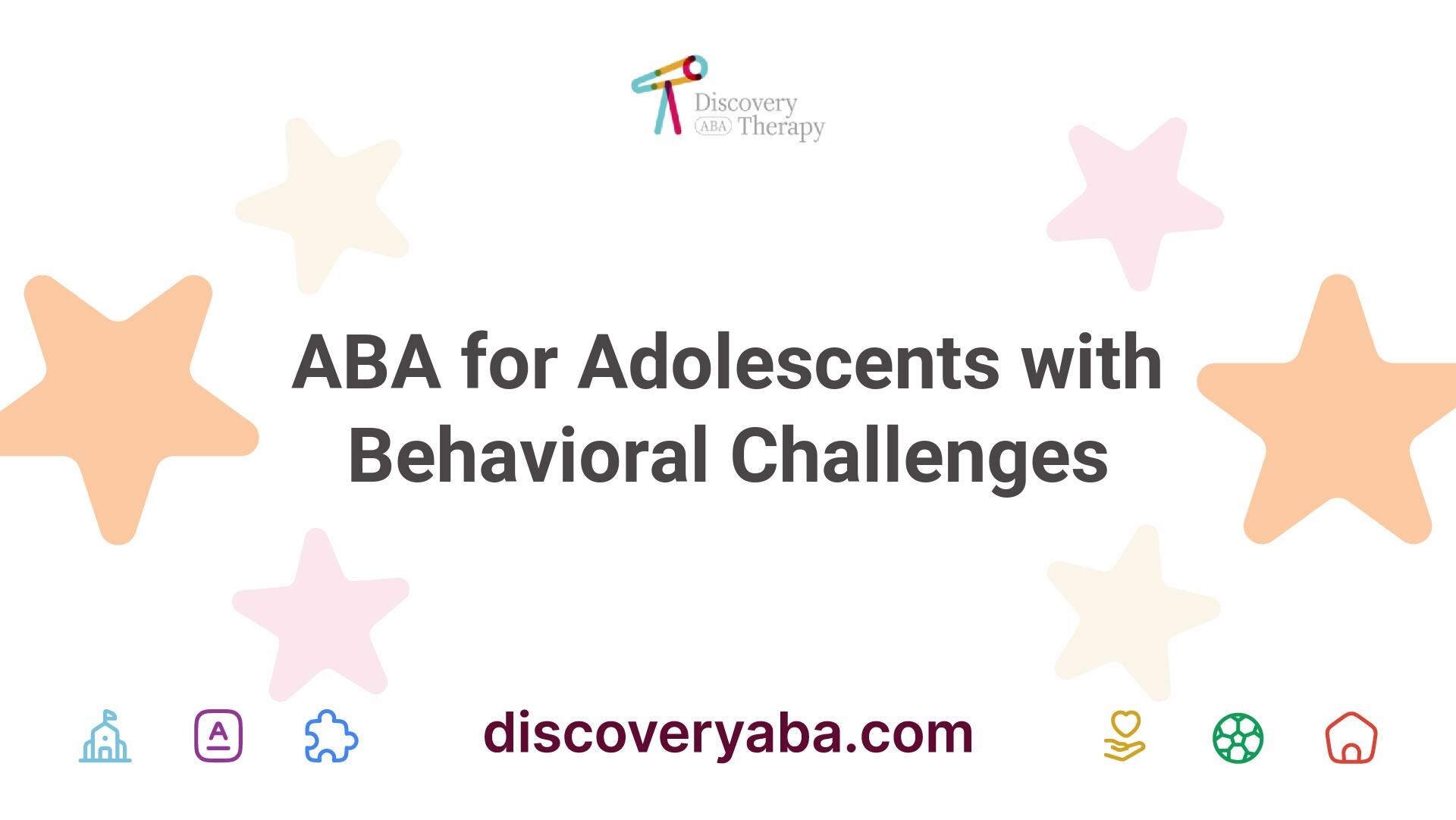Autism Personalized Care
Discover the power of personalized care for autism! Transform lives with innovative approaches and evidence-based practices.


Personalized Care for Autism
When it comes to autism care, a personalized approach is essential to address the unique needs of individuals on the autism spectrum. Personalized care recognizes that each person with autism is different and requires individualized support and interventions. In this section, we will explore the importance of personalized care and how technology can contribute to providing personalized support.
Importance of Personalized Care
Autism spectrum disorder (ASD) is a complex developmental condition with a wide range of characteristics and challenges. Many studies suggest that ASD should be viewed as a set of distinct subgroups, often referred to as 'autisms,' rather than a single spectrum with undefined dimensions [1]. This understanding highlights the importance of personalized care for individuals with ASD.
A personalized care approach involves tailoring interventions and treatments based on an individual's unique characteristics, needs, and preferences. It takes into account factors such as the individual's diagnosis, co-occurring conditions, developmental trajectory, and response to treatment. By customizing the care provided, individuals with autism can receive targeted support that maximizes their potential and enhances their quality of life.
Technology for Personalized Support
Technology plays a significant role in providing personalized support for individuals with autism. It offers a safe and trustworthy environment that many individuals with autism enjoy interacting with. Technological advancements, such as virtual agents, artificial intelligence, virtual reality, and augmented reality, have shown promise in enriching learning environments and supporting skill development for individuals with ASD [3].
Some ways technology can contribute to personalized support include:
- Educational Tools: Technology can provide interactive and engaging educational tools that cater to the specific learning needs of individuals with autism. These tools can be adapted to focus on areas such as communication skills, social interactions, and academic development.
- Assistive Communication Devices: For individuals with limited verbal skills, technology can offer augmentative and alternative communication (AAC) devices. These devices enable individuals to express their thoughts, needs, and emotions effectively.
- Therapeutic Applications: Various mobile applications and software programs are designed specifically for individuals with autism. These applications offer therapeutic activities, behavior modification tools, and social skill-building exercises.
By leveraging technology, personalized care can be enhanced, allowing individuals with autism to access support that aligns with their unique needs and preferences. The use of technology in autism care should always consider aspects of user experience, usability, and accessibility to ensure its effectiveness and inclusivity.
In conclusion, personalized care is crucial for individuals with autism as it tailors interventions and support to meet their specific needs. By recognizing the individuality of each person with autism and utilizing technology to provide personalized support, we can enhance their development, communication skills, and overall well-being.
Read about: Effective Autism Therapy Tools and Resources
Early Intervention for Autism
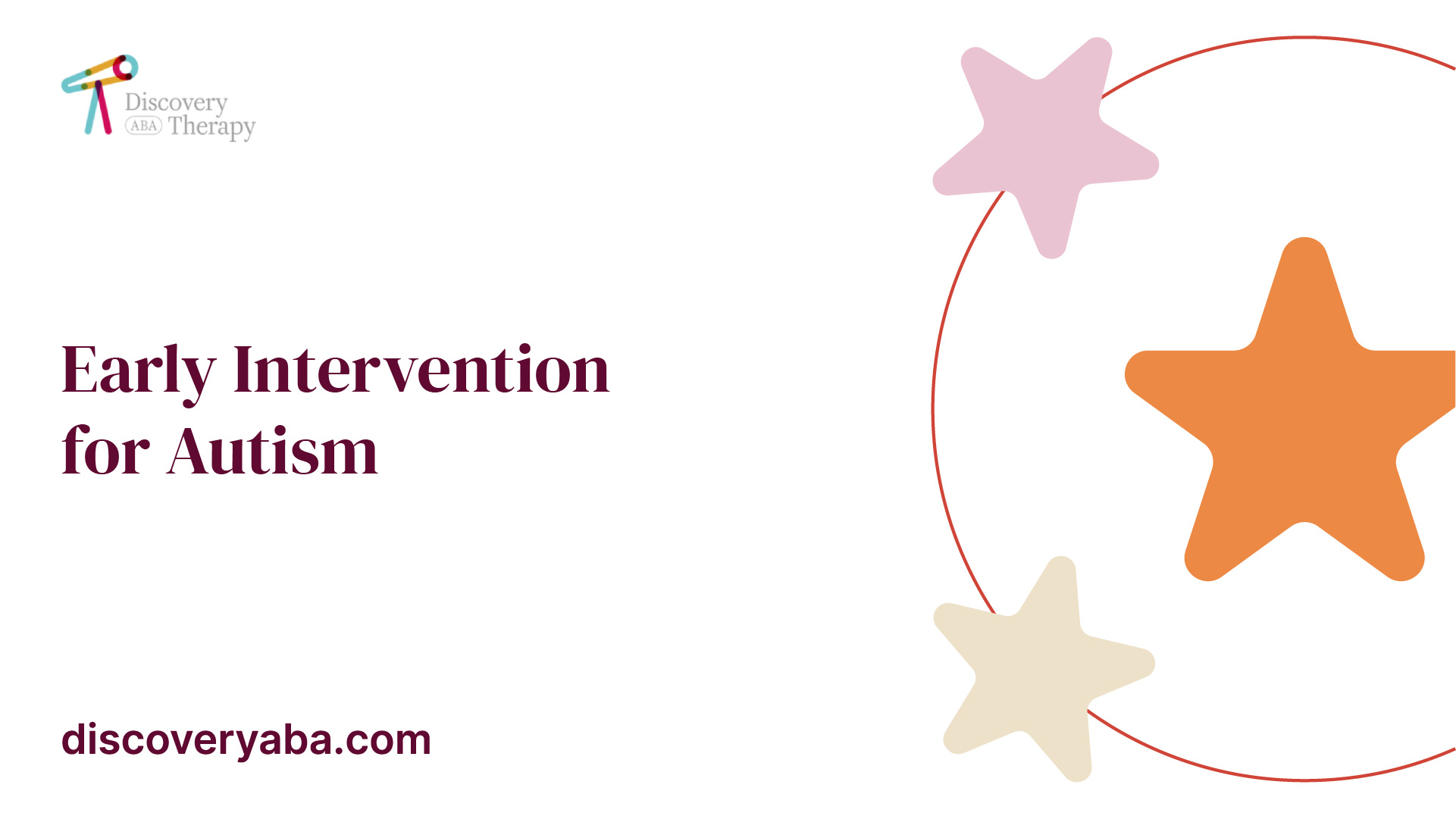
When it comes to autism care, early intervention plays a crucial role in setting the foundation for a person's development and overall well-being. Recognizing the early signs of autism and seeking help promptly are essential steps in ensuring the best outcomes for individuals on the autism spectrum.
Recognizing Early Signs
It is important for parents, caregivers, and healthcare professionals to be aware of the early signs of autism. While every individual with autism is unique, there are some common behaviors and developmental patterns that may raise concerns. These early signs can include:
- Delayed speech or language skills
- Lack of eye contact or limited social engagement
- Repetitive behaviors or restricted interests
- Difficulty with social interactions
- Sensory sensitivities or aversions
- Delayed motor skills
Being able to recognize these signs and seek professional guidance can lead to early diagnosis and intervention, which is critical for optimizing outcomes for individuals on the autism spectrum.
Benefits of Early Diagnosis
Early diagnosis of autism is essential in order to provide the necessary support and interventions as soon as possible. Unfortunately, in the United States, the average age of diagnosis for autism spectrum disorder (ASD) is around 4 years of age, despite the ability of clinicians to reliably diagnose autism as early as 24 months [2]. This delay in diagnosis can result in missed opportunities for early intervention.
Early diagnosis allows for early access to appropriate interventions and therapies, which can significantly improve outcomes for individuals with autism. Research has shown that early intervention can lead to improvements in communication skills, social interactions, and adaptive behaviors. It can also enhance cognitive development and reduce the severity of symptoms.
By identifying and addressing developmental challenges at an early stage, individuals with autism can receive the personalized care and support they need to reach their full potential. Early intervention programs often involve a multidisciplinary approach, including therapies such as speech therapy, occupational therapy, and behavioral interventions.
It is important for healthcare professionals, educators, and families to work together to ensure early detection and intervention for individuals with autism. By promoting awareness and education about the early signs of autism, we can help facilitate timely access to appropriate services and support.
To learn more about autism and related topics, you can visit our articles on autism telehealth options, autism therapy adaptations, and autism therapeutic activities.
Family-Centered Autism Care
When it comes to providing comprehensive support and intervention for individuals with autism spectrum disorder (ASD), a family-centered approach is crucial. Family-centered autism care teams recognize the importance of actively involving parents and caregivers in the therapeutic process, leveraging their insights into the child's behavior, preferences, strengths, and challenges to create personalized and effective intervention plans [5]. This section will explore the concept of collaborative care teams and the benefits of family involvement in autism care.
Collaborative Care Teams
Family-centered autism care teams are dedicated to working collaboratively with parents and caregivers to address the unique needs of individuals with autism. These teams prioritize building strong partnerships through open communication, shared decision-making, and mutual respect. By actively involving parents in their child's therapeutic journey, these teams ensure that the intervention plans are tailored to the individual's specific needs and goals.
These care teams often consist of professionals from various disciplines, such as behavior analysts, speech therapists, occupational therapists, and psychologists. Each member of the team brings their expertise to the table, contributing to a holistic and comprehensive approach to autism care. By working together, these professionals can provide a range of services, including Applied Behavior Analysis (ABA) therapy, social skills groups, and care coordination support.
To ensure the best outcomes for the child with ASD, family-centered care teams collaborate closely with parents and caregivers. They value the knowledge and insights that parents can provide about their child's behavior, preferences, and challenges. By actively involving parents in the therapeutic process, these teams empower families and create a supportive environment for both the child and their caregivers.
Benefits of Family Involvement
Family involvement in the autism care process offers numerous benefits. When parents actively participate in their child's therapy, they become valuable partners in promoting their child's overall well-being and development. By understanding the strategies and techniques used in therapy sessions, parents can reinforce and generalize these skills in various settings, such as home and community environments.
In addition, family involvement helps to bridge the gap between therapy sessions and everyday life. Parents can implement strategies and techniques learned during therapy sessions in real-life situations, providing continuous support and reinforcement for their child's progress.
Moreover, when parents are actively involved in their child's care, they become advocates for their child's needs within the healthcare system and community. They can help ensure that their child receives appropriate services and support, addressing any barriers or challenges they may encounter along the way.
By prioritizing family involvement, family-centered autism care teams contribute to improved outcomes for individuals with autism. The collaborative partnership between professionals and parents creates a nurturing and supportive environment that maximizes the potential for growth and development.
Family autism care teams operate in multiple service locations, such as Chula Vista, CA; Newport News, VA; Fredericksburg, VA; and Richmond, VA, providing convenient and localized support for families in different regions [5]. For more information on family-centered autism care and the services provided by these teams, reach out to a reputable autism care provider in your area.
In the next section, we will explore evidence-based practices for autism, including the implementation and monitoring of these practices to ensure effective intervention strategies.
Evidence-Based Practices for Autism
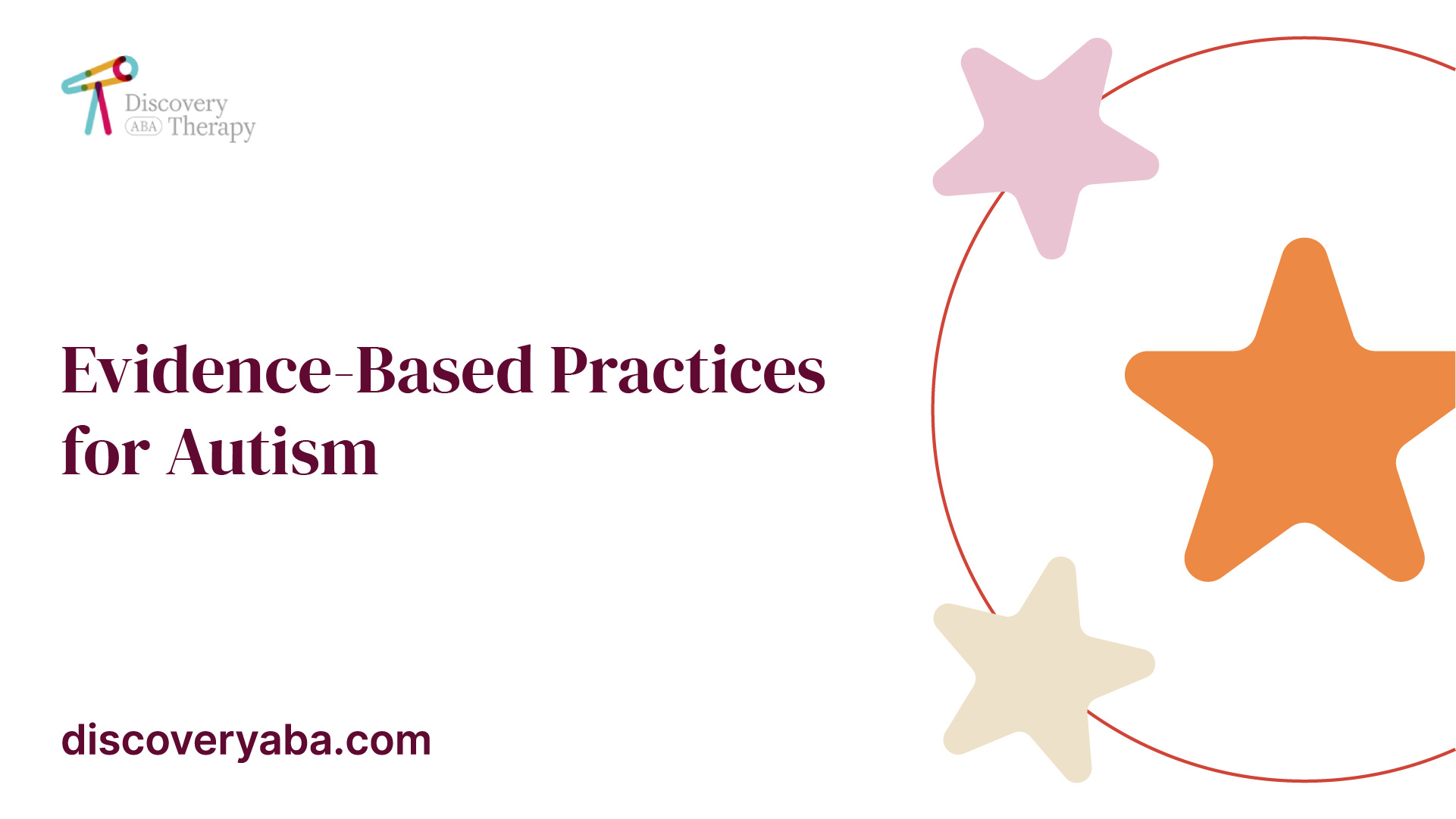
Implementing evidence-based practices (EBPs) is crucial for providing effective care and support for individuals with autism. These practices are based on research and have been shown to improve academic and behavioral outcomes for individuals with autism spectrum disorder (ASD) [6].
Implementing EBPs
The process of implementing an evidence-based practice begins with identifying the target behavior and collecting baseline data. This helps in setting specific goals in the individualized education program (IEP) or individualized family service plan (IFSP) for the child. Once the target behavior is identified, educators can select the appropriate EBP that addresses the specific needs of the individual [6].
Different evidence-based practices may be used to address various behaviors and skills in individuals with autism. For example, applied behavior analysis (ABA) is a widely recognized EBP that focuses on teaching appropriate behaviors and skills while decreasing inappropriate behaviors. Other EBPs may include social skills training, communication interventions, and sensory integration therapies.
Monitoring EBP Effectiveness
After implementing an evidence-based practice, it is essential to monitor its effectiveness for the individual with autism. This involves collecting data on the target behavior to evaluate the impact of the EBP. Monitoring effectiveness helps educators determine whether the EBP was implemented with fidelity and if it resulted in the desired outcomes for the individual.
When evaluating the effectiveness of an EBP, it is important to consider factors such as the consistency of implementation, the individual's progress towards the goals set in the IEP or IFSP, and any necessary adjustments or adaptations that may be required. This ongoing monitoring allows educators to make informed decisions about the effectiveness of the EBP and make any necessary modifications to ensure optimal outcomes for the individual with autism [6].
By implementing and monitoring evidence-based practices, professionals can provide the most effective and individualized care for individuals with autism. It is crucial to consider the unique needs and strengths of each individual and tailor interventions accordingly. For more information on autism therapy and interventions, you can explore our articles on autism therapy statistics, autism therapy adaptations, and autism therapeutic activities.
Barriers to Autism Care
When it comes to providing effective autism care, there are certain barriers that can impact access to services and interventions. Understanding these barriers is essential to address the needs of individuals with autism and ensure they receive the personalized care they require.
Access Challenges
Access to autism services can be challenging for many individuals and families. Some common barriers include:
- Extended wait times: Many individuals face long waiting lists for autism assessments and interventions, delaying access to much-needed care.
- High costs of treatment: The cost of autism interventions can be a significant barrier for families, particularly when insurance coverage is limited or unavailable.
- Lack of transportation: Limited access to reliable transportation can make it difficult for individuals with autism to attend therapy sessions or access specialized services.
- Limited availability of services: Services for autism care are often only available during typical work hours, which may pose challenges for individuals and families who require alternative scheduling options.
- Lack of access to trained specialists: In some communities, there may be a shortage of trained specialists who can provide appropriate autism care, leading to limited access to quality services close to home.
To address these access challenges, there is a need for evidence-based interventions that are time-limited, cost-effective, widely available, and easy to access. Efforts should be made to reduce wait times, increase insurance coverage for autism services, improve transportation options, and expand the availability of trained professionals in local communities.
Group Interventions
Group intervention models have emerged as an approach to overcome some of the barriers to autism care. These models aim to increase access to care by providing services to a greater number of individuals at once, potentially reducing waitlist times and costs of treatment.
In addition to addressing access challenges, group interventions offer several benefits. They provide opportunities for social skills training, allowing individuals with autism to interact and learn from their peers. Group formats also offer a community of support for both autistic individuals and caregivers, providing opportunities for shared experiences, advice, and encouragement.
While group interventions can be beneficial, it's important to note that not all individuals with autism may thrive in a group setting. Some individuals may require more individualized attention or have specific needs that are better addressed in a one-on-one therapeutic setting. It's crucial to carefully assess each individual's needs and preferences when determining the most appropriate intervention approach.
By recognizing and addressing the barriers to autism care, such as access challenges and the potential benefits of group interventions, we can work towards ensuring that individuals with autism receive the personalized care they need to thrive.
Innovative Approaches in Autism Care
As the field of autism care continues to evolve, innovative approaches have emerged to provide better support and treatment for individuals on the autism spectrum. Two notable approaches are telehealth for autism treatment and the personalized medicine approach.
Telehealth for Autism Treatment
Telehealth has revolutionized the way healthcare is delivered, and it has also made significant strides in the field of autism care. Telehealth for autism treatment allows specialists to consult or deliver services in real-time over a distance, addressing access concerns such as lack of transportation and long travel distances to specialized centers. This approach has proven especially beneficial for individuals living in rural areas or areas with limited access to specialized autism services.
One of the advantages of telehealth is that it enables broader family systems and other providers to engage in treatment, improving coordination of care across service systems. It allows families to receive guidance and support from specialists without the need for in-person visits. This can be particularly helpful when seeking autism therapy adaptations to suit individual needs.
Personalized Medicine Approach
Autism Spectrum Disorder (ASD) is a complex condition with significant clinical heterogeneity. The personalized medicine approach acknowledges the individual differences in areas such as etiology, symptoms, severity, and response to treatment. This approach recognizes that no two individuals with autism are the same, and their care should be tailored to their unique needs.
A personalized medicine approach takes into account factors such as etiology, early life differences, developmental trajectories, gender, age of diagnosis, and response to treatment. By considering these individual differences, healthcare providers can develop personalized treatment plans that address the specific needs of each person with autism.
This approach emphasizes the importance of a comprehensive assessment to understand the specific challenges and strengths of individuals on the autism spectrum. It enables healthcare providers to develop targeted interventions and therapies that are more likely to be effective for each individual. This personalized approach may involve a combination of autism therapeutic activities, autism behavior modification, and other evidence-based interventions tailored to the individual's unique characteristics.
By embracing innovative approaches like telehealth for autism treatment and the personalized medicine approach, individuals with autism can receive more accessible and individualized care. These approaches aim to improve the quality of life for individuals on the autism spectrum and provide them with the support they need to thrive.
References
Find More Articles
Contact us
North Carolina, Tennessee, Nevada, New Jersey, Utah, Virginia
New Hampshire, Maine
Massachusetts, Indiana, Arizona, Georgia
.avif)













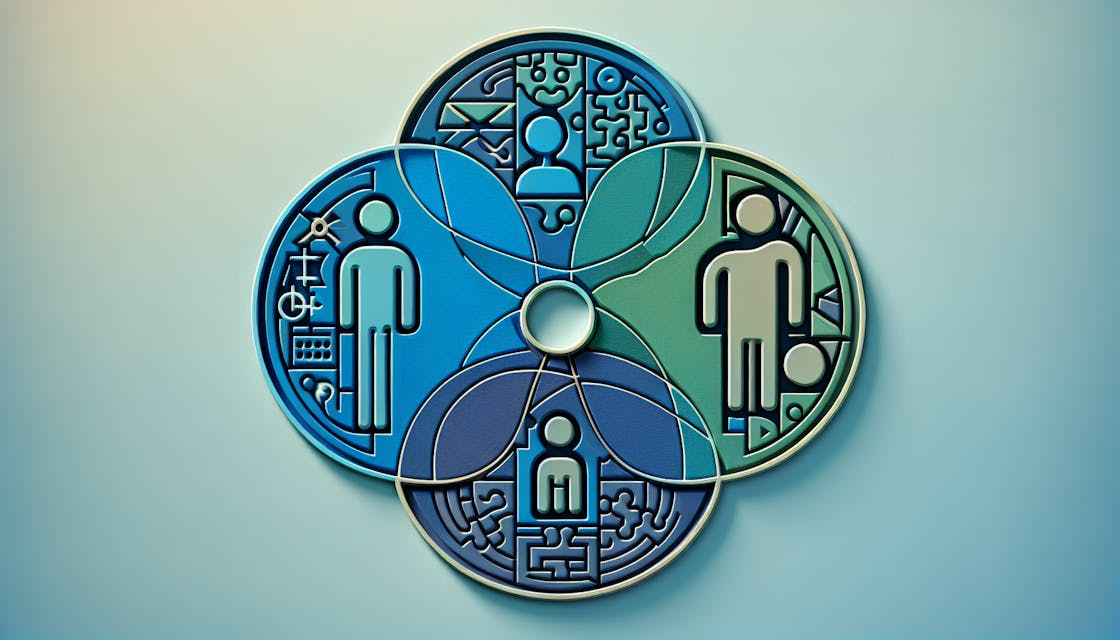












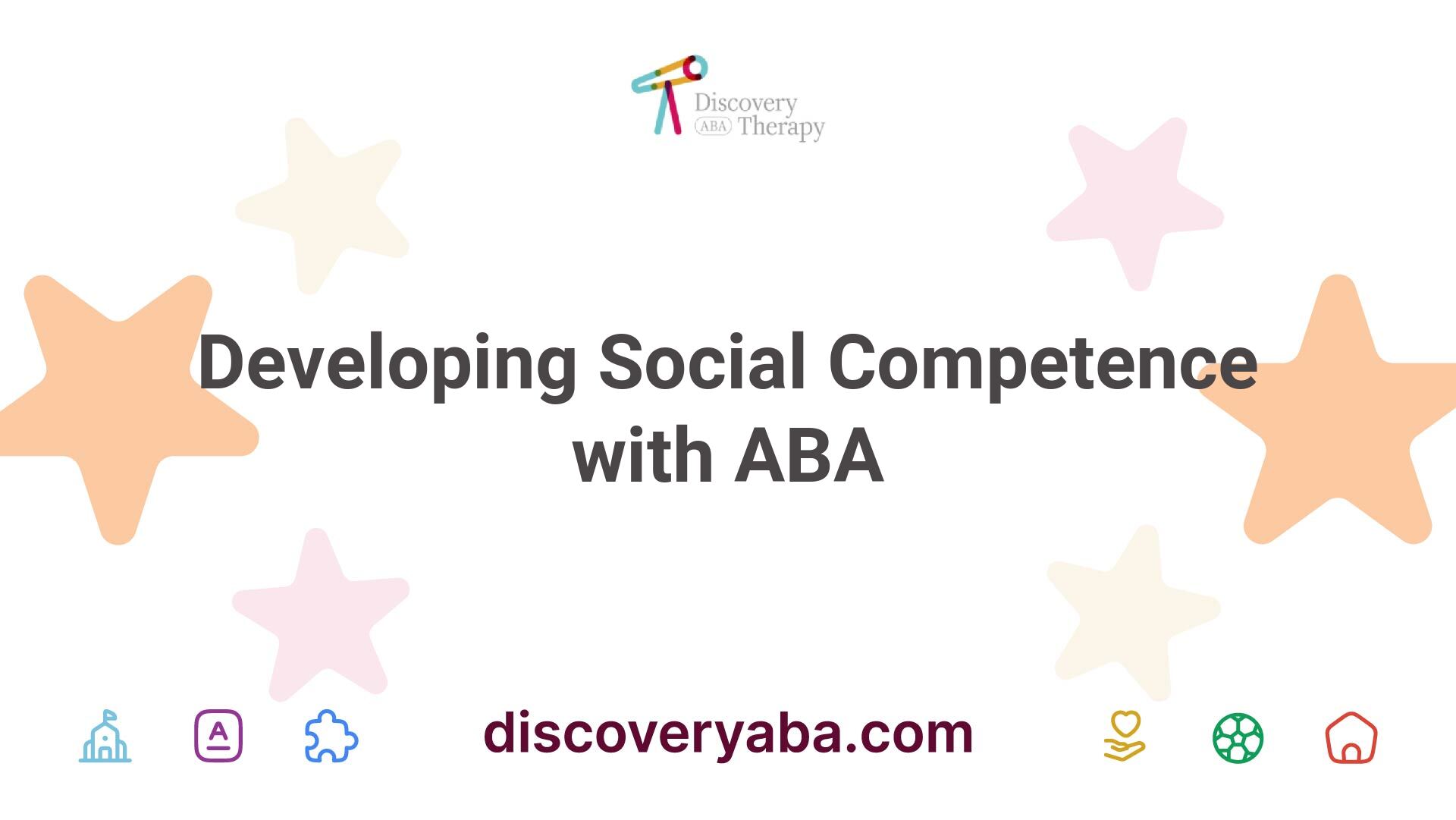









.jpeg)


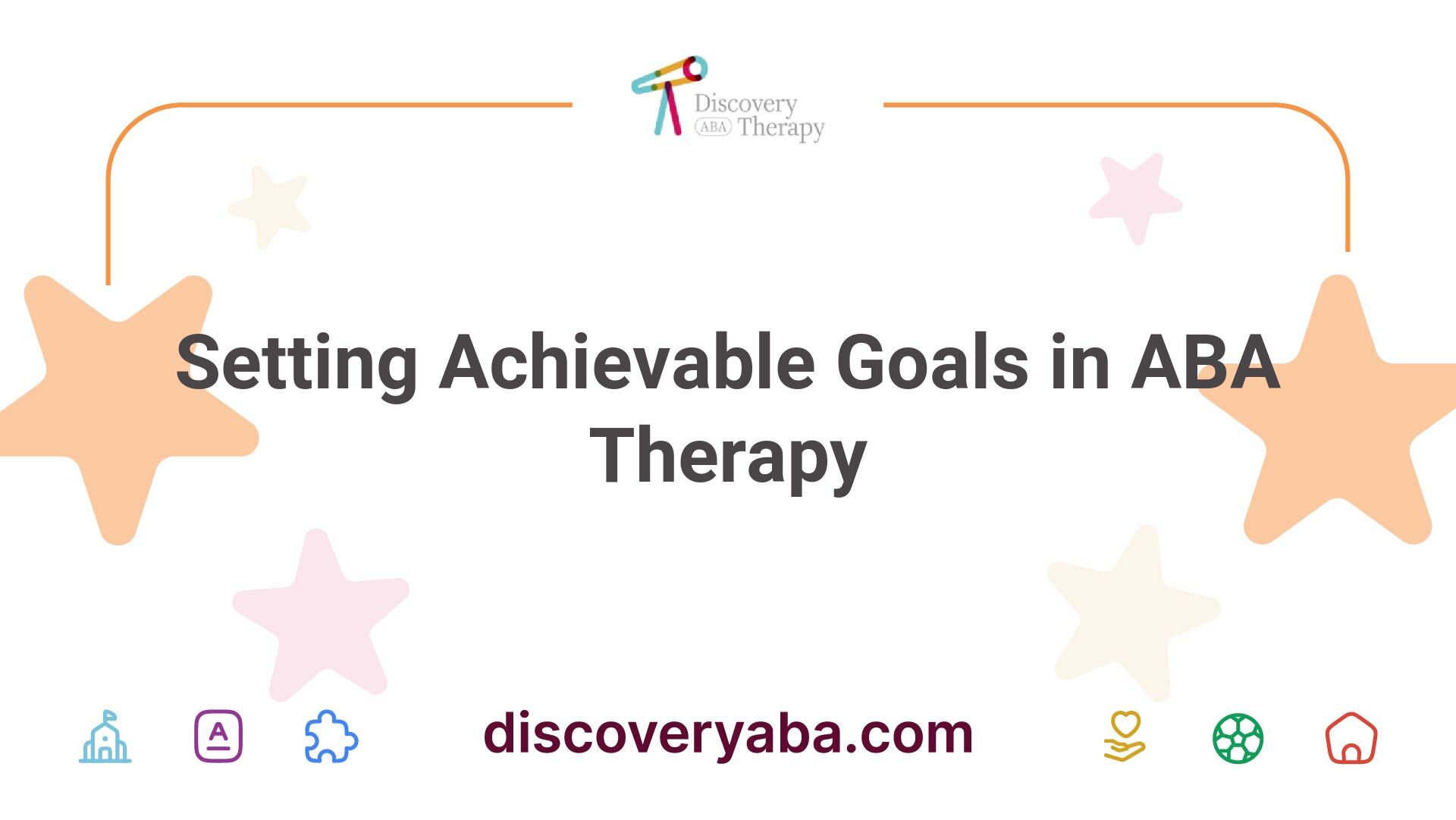
.jpeg)
.jpeg)





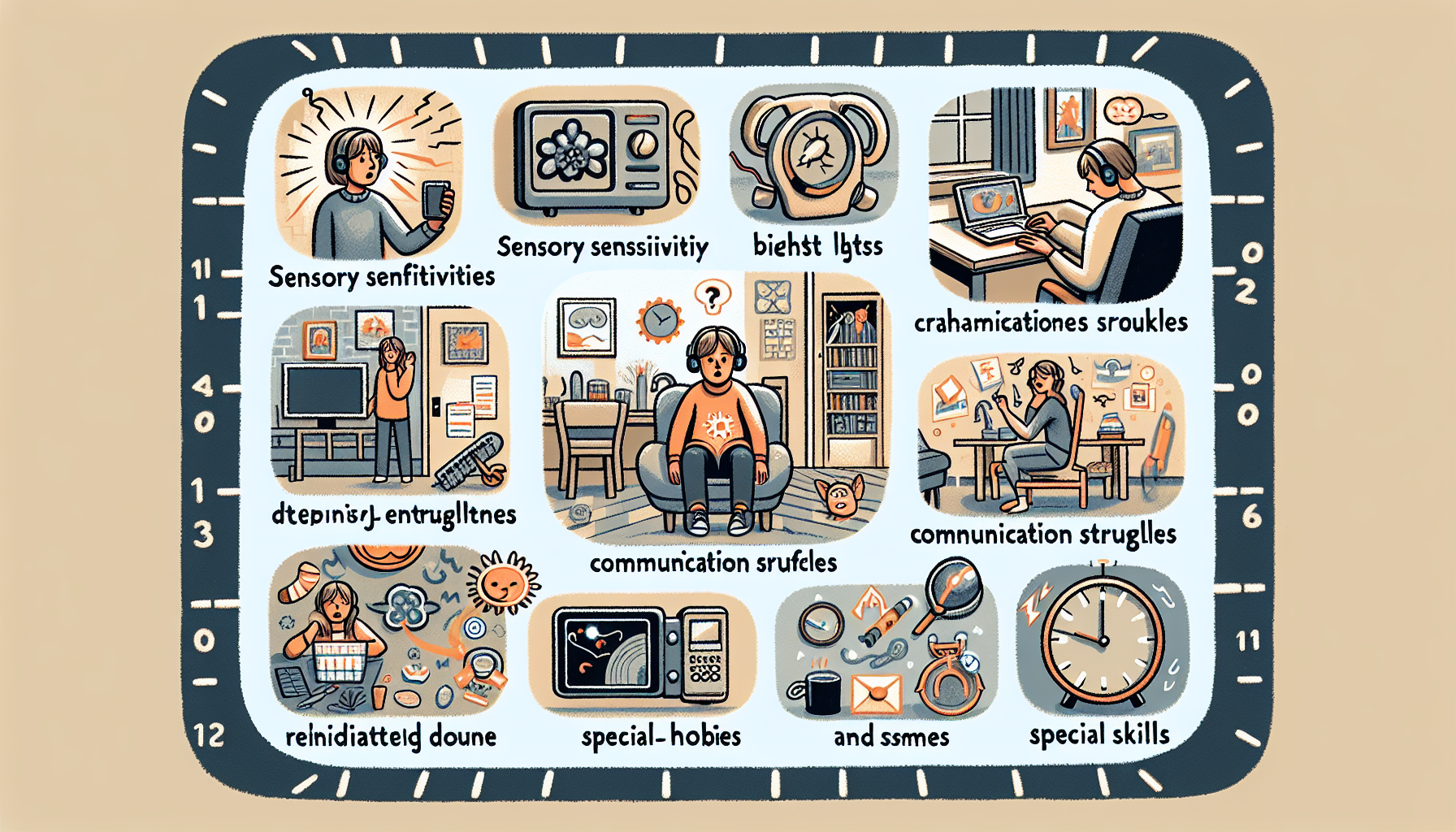

























.jpeg)





.jpeg)











.jpeg)




